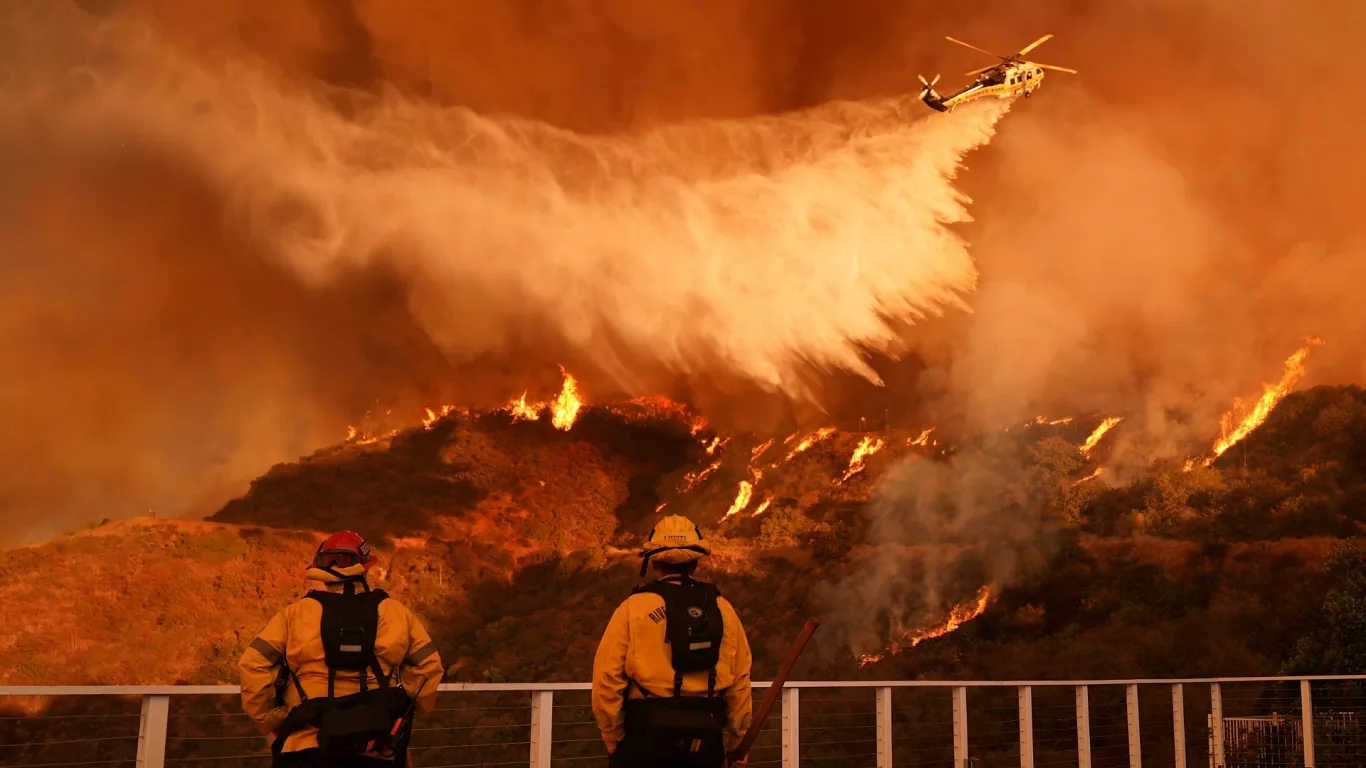
By Jeff Kapembwa
Zambia like the rest of the world may endure drought, floods, wildfires and other fiery weather conditions until 2030 as climate change takes centre stage, a call for hasty mitigation and adaptation to cushion humanity and the planet, the global weather agency, the World Meteorological Organisation (WMO) and other weather watchdogs have warned.
Predictions indicate that the El Nino driven climate change may force temperatures to exert higher and warmer temperatures-shooting past the Paris climate accord goal of limiting warming to 1.5 degrees Celsius.
It is envisaged that climatic development may hit a more alarming 2 degrees Celsius of heating since the mid-1800s in some cases reduced temperature to below -5 degrees.
The scientists from the WHO and Cornell University in their separate reports predict record heat, rising extremes, and a growing risk of surpassing key global warming thresholds by 2030.
There’s an 80 per cent chance the world will break another annual temperature record in the next five years, and it’s even more probable that the world will again exceed the international temperature threshold set 10 years ago.
It argues that an 86 percent chance that one of the next five years will likely pass 1.5 degrees and a 70 per cent chance that the five years as a whole will average more than that global milestone, a call for global preparedness.
“Get ready for several years of even more record-breaking heat that pushes Earth to more deadly, fiery and uncomfortable extremes, two of the world’s top weather agencies forecast.
The anticipated global climate-driven calamity, weather campaigners say will heighten chances to 80 percent of the world breaking another annual temperature record in the next five years-foreseeing stringer hurricanes, stronger precipitation, droughts, among other unprecedented calamities.
It is even more probable, they argue that the world will again exceed the international temperature threshold set 10 years ago, the UK-based Meteorological office and the Switzerland-based WMO say in their reports released Wednesday.
“Higher global mean temperatures may sound abstract, but it translates in real life to a higher chance of extreme weather: stronger hurricanes, stronger precipitation, droughts,” Natalie Mahowald, the Cornell University climate scientist who wasn’t part of the calculations, says.
She argues: ‘they made sense’. “So higher global mean temperatures translates to more lives lost.”
Johan Rockstrom, the director of the Potsdam Institute for Climate Impact Research in Germany adds his voice.
He predicts every tenth of a degree the world warms from human-caused climate change “we will experience higher frequency and more extreme events (particularly heat waves but also droughts, floods, fires and human-reinforced hurricanes/typhoons),”. He, however, was not part of the research.
Ten years ago, the same teams figured there was a similar remote chance – about 1 per cent – that one of the upcoming years would exceed that critical 1.5 degree threshold. Then it happened last year.
This year, a 2-degree Celsius above pre-industrial year enters the equation in a similar manner, something UK Met Office longer term predictions chief Adam Scaife and science scientist Leon Hermanson called “shocking.”
“It’s not something anyone wants to see, but that’s what the science is telling us,” Hermanson said. Two degrees of warming is the secondary threshold, the one considered less likely to break, set by the 2015 Paris agreement.
Technically, even though 2024 was 1.5 degrees Celsius warmer than pre-industrial times, the Paris climate agreement’s threshold is for a 20-year time period, so it has not been exceeded.
Factoring in the past 10 years and forecasting the next 10 years, the world is now probably about 1.4 degrees Celsius hotter since the mid-1800s, World Meteorological Organization climate services director Chris Hewitt estimated.
Other commentators foresee more warmer and life-threatening temperatures afflicting humanity and need protection from heat induced by wildfires and the cold.
“With the next five years forecast to be more than 1.5C warmer than pre industrial levels on average, this will put more people than ever at risk of severe heat waves, bringing more deaths and severe health impacts unless people can be better protected from the effects of heat.
Also we can expect more severe wildfires as the hotter atmosphere dries out the landscape,” said Richard Betts, head of climate impacts research at the UK Met Office and a professor at the University of Exeter.
